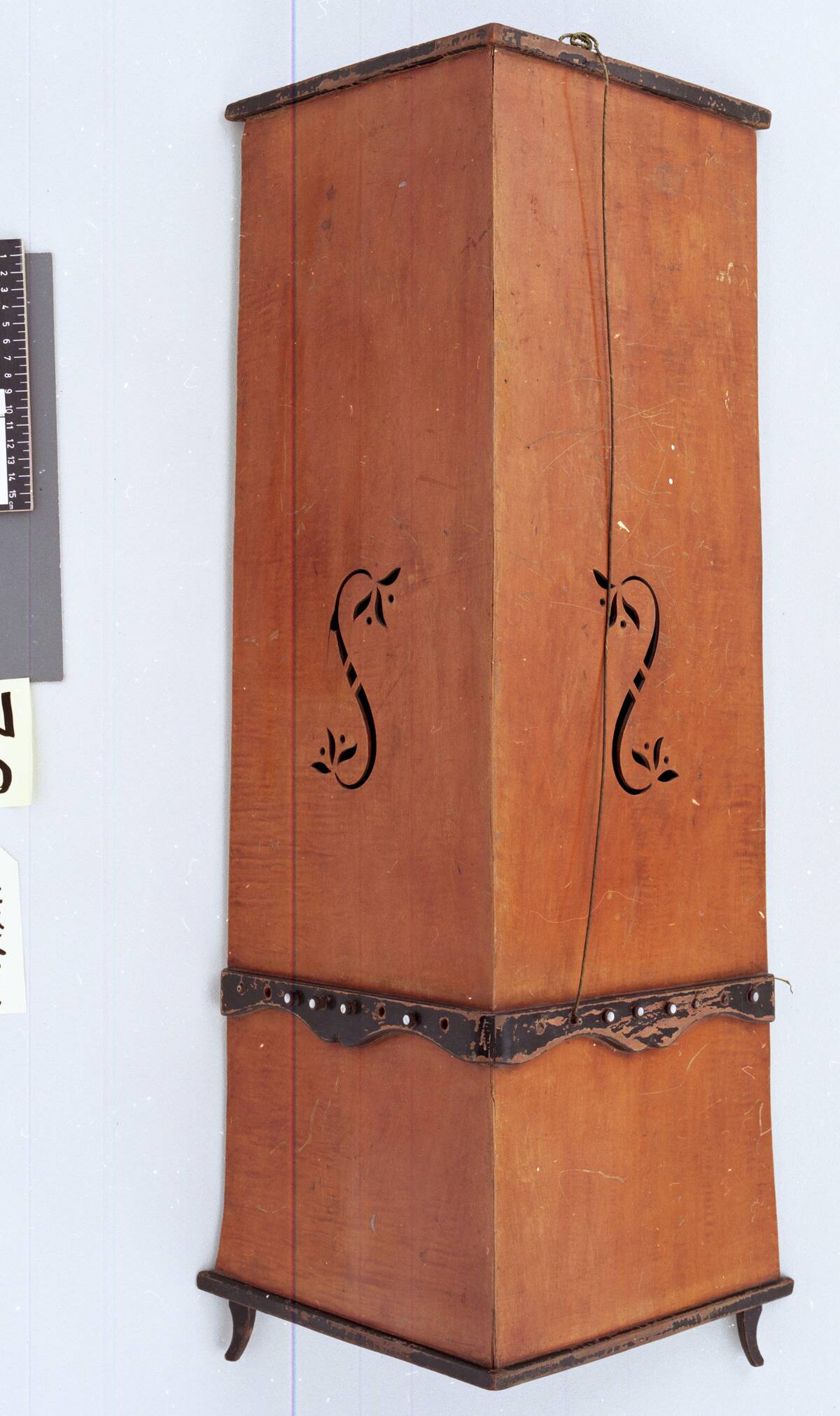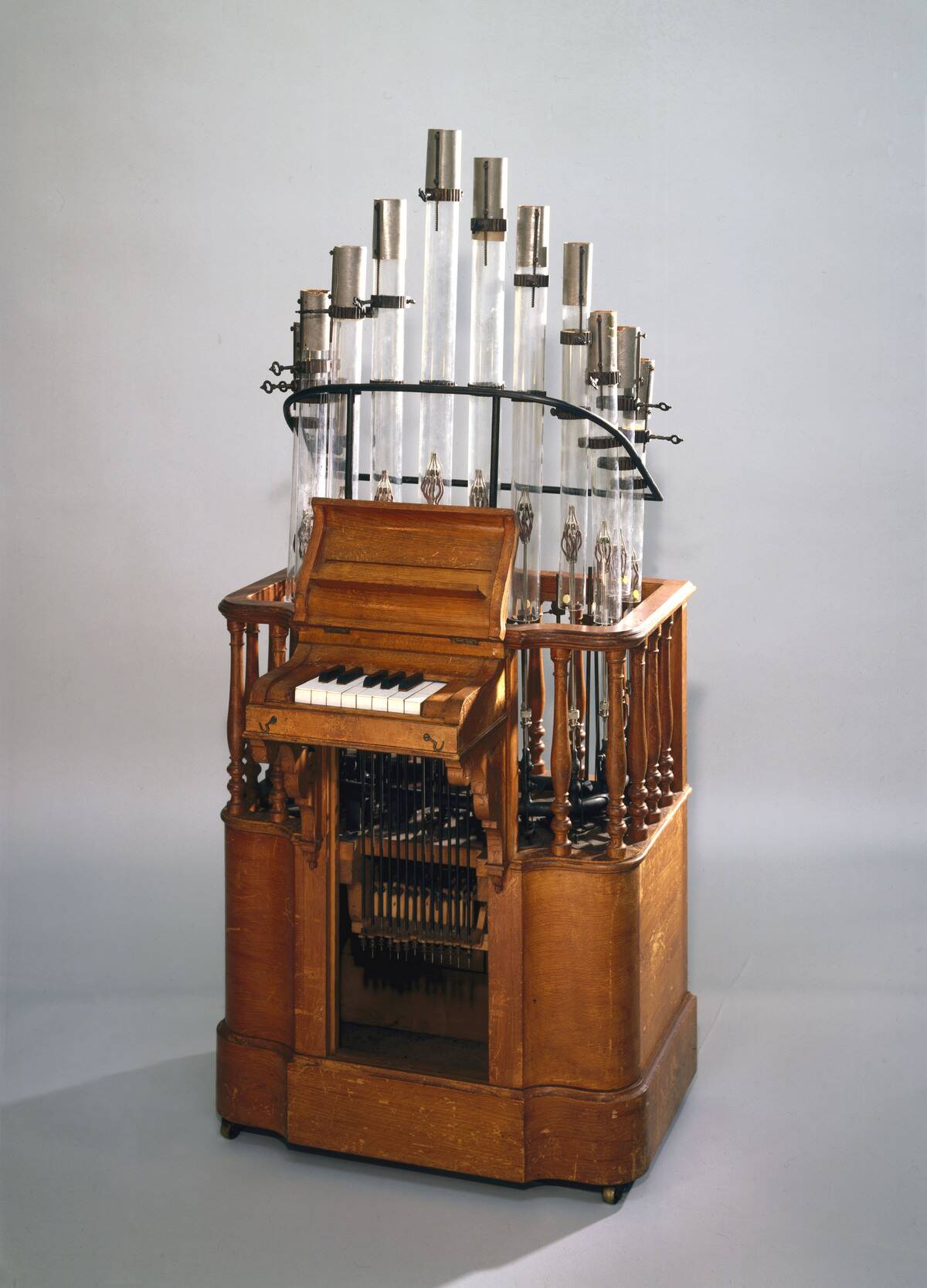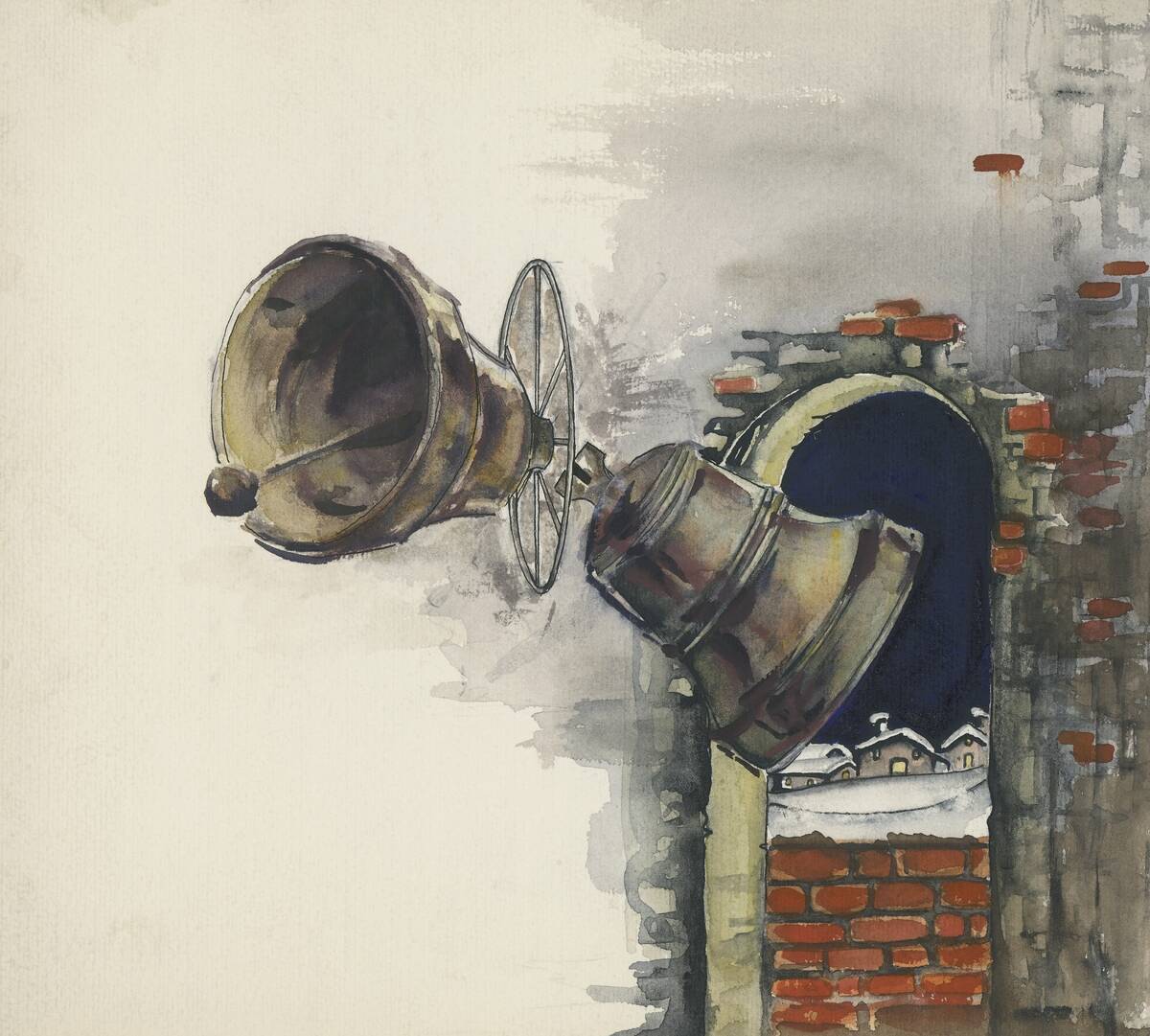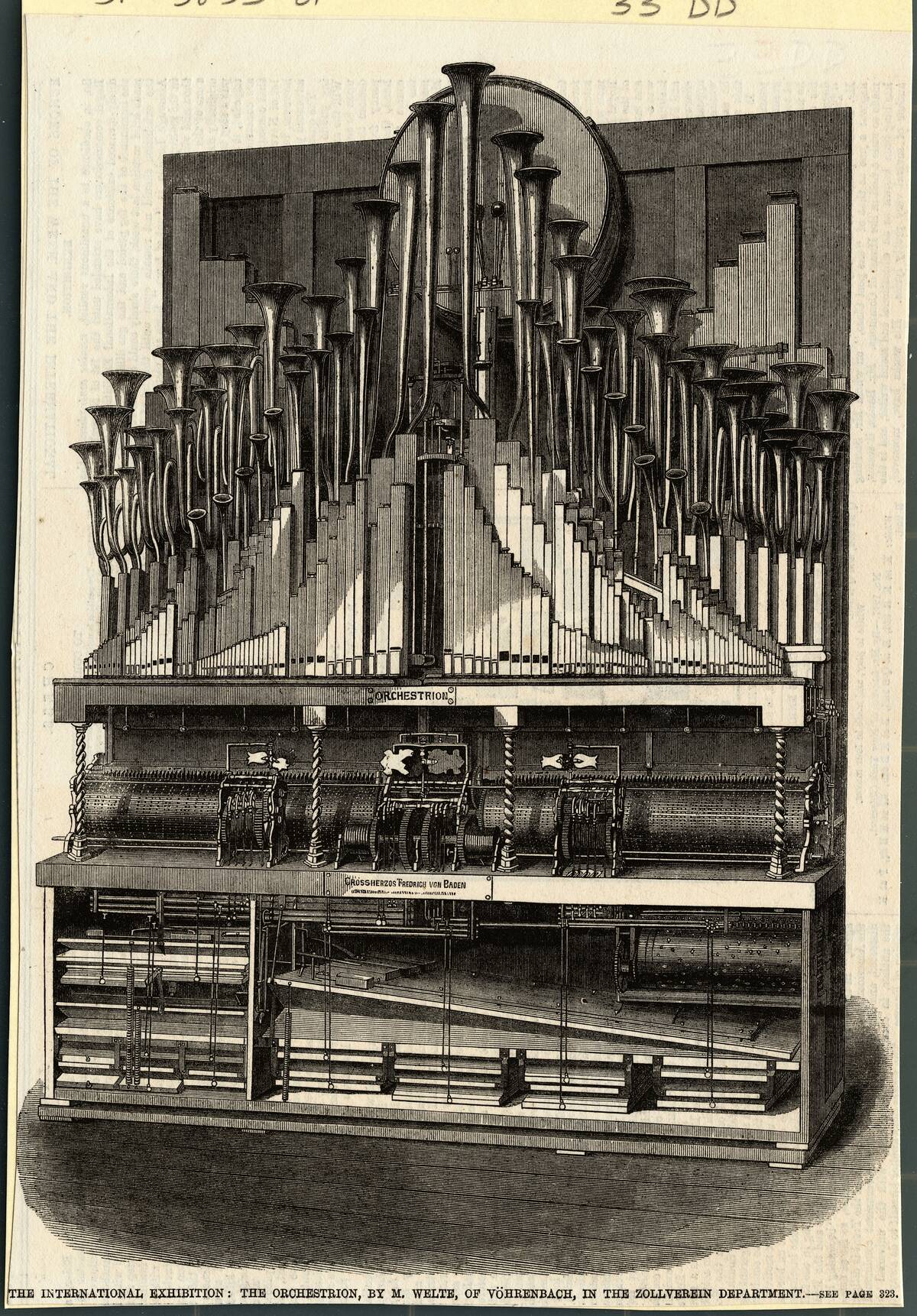The strangest musical instruments of the Victorian Era
The Victorian era was a time of innovation and curiosity, not just in science and industry, but also in the world of music. This period gave birth to some of the most unusual and fascinating musical instruments ever created.
From contraptions that harnessed the power of fire to those that captured the whispers of the wind, the Victorian era was a playground for musical inventors who dared to think outside the box. Let’s journey through time and explore these peculiar sounds.
The Serpent: A Winding Wonder of Brass and Wood

The serpent, a snaky contraption of brass and wood, slithered its way into the music of the late Renaissance but found its place in the Victorian era too. Its name comes from its sinuous shape, resembling a coiled snake.
The sound it produces is as unique as its appearance, providing deep, rich tones that were often used to bolster church choirs and military bands. The instrument’s strange design and sound made it a staple in compositions that sought a touch of the extraordinary.
Glass Armonica: The Ethereal Echoes of Spinning Glass

Invented by Benjamin Franklin, the glass armonica creates its ethereal tones by spinning glass bowls of different sizes. Musicians play it by touching the rims with wet fingers, similar to running a finger around the edge of a wine glass.
Its hauntingly beautiful sound captivated the likes of Mozart and Beethoven, who both composed pieces for it. Despite its enchanting music, the glass armonica eventually fell out of favor, partly due to superstitions about it driving players mad.
Euphonium: Not Your Average Brass Band Member

The euphonium is often seen as the unsung hero of brass bands, providing a deep, mellow sound that fills the gaps between the higher brass and the tuba. Introduced in the mid-19th century, its name means “pleasant sounding,” and it certainly lives up to that promise.
While it may not have the flashy solos of the trumpet or the commanding presence of the trombone, the euphonium’s rich, velvety tones are crucial for adding warmth to brass band music.
The Harmonica: Pocket-Sized Melodies in Metal

The harmonicon, also known as a mouth organ, is a small, portable instrument that packs a musical punch. It became popular in the 19th century due to its accessibility and ease of use.
By blowing air through the reeds encased in a metal frame, players can produce a wide range of melodies. Its compact size made it a favorite for travelers, providing a portable source of entertainment and a way to share music across cultures and borders.
Aeolian Harp: Wind’s Whispers Through Strings

The aeolian harp is a stringed instrument that produces music when wind passes over its strings. Named after Aeolus, the Greek god of the wind, this magical instrument was often placed in windows or gardens to capture breezes.
The resulting sound is an ethereal hum, varying in pitch and volume with the wind’s strength. Its natural melodies enchanted poets and composers alike, inspiring works that sought to replicate its mysterious and serene soundscapes.
The Flutina: A Squeezebox with a French Flair

The flutina is an early type of accordion that gained popularity in the mid-1800s. Its French origins are evident in its elegant design and the lilting tunes it produces. Unlike the modern accordion, the flutina lacks a keyboard, instead using buttons to control the notes.
This squeezebox was a favorite among folk musicians and was particularly popular in dance music, providing a lively accompaniment that could easily be carried from one venue to another.
The Zobo: A Quirky Hybrid of Horn and Kazoo

The zobo is a quirky instrument that combines the principles of a kazoo with the appearance of a brass horn. It emerged in the late 19th century as a novelty item, often used in comedic and theatrical performances.
When blown into, it amplifies the player’s voice, creating a buzzing sound that’s both amusing and musical. Its playful nature and ease of play made it a popular choice for amateur musicians and those looking to add a bit of humor to their performances.
The Octobass: The Giant of the String Family

The octobass is a behemoth in the world of string instruments, towering over its player. Standing at over 11 feet tall, it was invented in the mid-19th century to add deep, resonant bass tones to orchestras.
Its size requires special levers and pedals to play, making it as much a visual spectacle as an auditory one. Although not widely used, the octobass’s ability to produce notes than the human ear can hardly detect makes it a fascinating addition to the string family.
The Pyrophone: A Fiery Symphony with Explosive Notes

The pyrophone, or fire organ, is a uniquely Victorian invention that uses flames to produce sound. Created by Georges Frédéric Eugène Kastner in the 19th century, it operates on the principle that sound waves can be generated by the combustion of gas.
The result is a fiery performance, both visually and aurally impressive. While it was more of a scientific curiosity than a practical instrument, the pyrophone showcases the era’s fascination with blending art and science in unexpected ways.
The Celesta: A Keyboard with a Soothing Spin

The celesta is a keyboard instrument that combines elements of a piano and a hurdy-gurdy to create its soothing sound. It uses a rotating wheel, similar to a hurdy-gurdy, to vibrate the strings, producing a continuous tone that can be modulated with the keyboard.
This gentle, sustained sound made the celesta a favorite for creating calming, atmospheric music. Its unique mechanism and serene music were well-suited to the Victorian era’s love of intricate craftsmanship and soothing melodies.
The Musical Stones of Skiddaw: Rocking Rhythms of the Lake District

The musical stones of Skiddaw are an extraordinary natural instrument found in England’s Lake District. Crafted from hornfels, a type of stone with unique acoustic properties, these stones produce clear, bell-like tones when struck.
The instrument was popularized by Joseph Richardson in the 19th century, who created a xylophone-like arrangement from the stones. The hauntingly beautiful sounds, combined with the stunning natural landscape, captivated audiences and demonstrated nature’s inherent musicality.
The Fairy Bells: Tiny Chimes with a Magical Tinkle

Fairy bells are small, delicate chimes that produce a light, tinkling sound reminiscent of a magical fairyland. These instruments were often used in Victorian-era children’s toys and music boxes, adding a whimsical charm to their melodies.
The fairy bells’ enchanting sound was achieved through small metal or glass chimes that responded to gentle movements, creating a playful and dreamy acoustic experience. Their tiny, shimmering tones continue to evoke a sense of wonder and nostalgia.
The Orchestrion: A Mechanical Marvel of Musical Automation

The orchestrion was the epitome of Victorian mechanical ingenuity, a self-playing orchestra contained within a single cabinet. Using a combination of pipes, drums, and other instruments, it could mimic the sound of a full ensemble without human performers.
These mechanical marvels were popular in dance halls and public spaces, providing automated music long before the advent of recorded sound. The orchestrion’s complex mechanisms and rich soundscapes made it a symbol of technological wonder and entertainment.
The Phonoliszt Violina: A Bowed Instrument with a Pianistic Twist

The phonoliszt violin is a fascinating hybrid that combines the qualities of a violin with the capabilities of a piano. This innovative instrument uses a series of rotating wheels with rosined edges that bow the strings, while a keyboard controls the pitch.
Created in the early 20th century, it was a mechanical attempt to replicate the expressive qualities of a violinist’s performance. The phonoliszt violin offered audiences a new auditory experience, blending the precision of a piano with the emotive power of a string ensemble.



